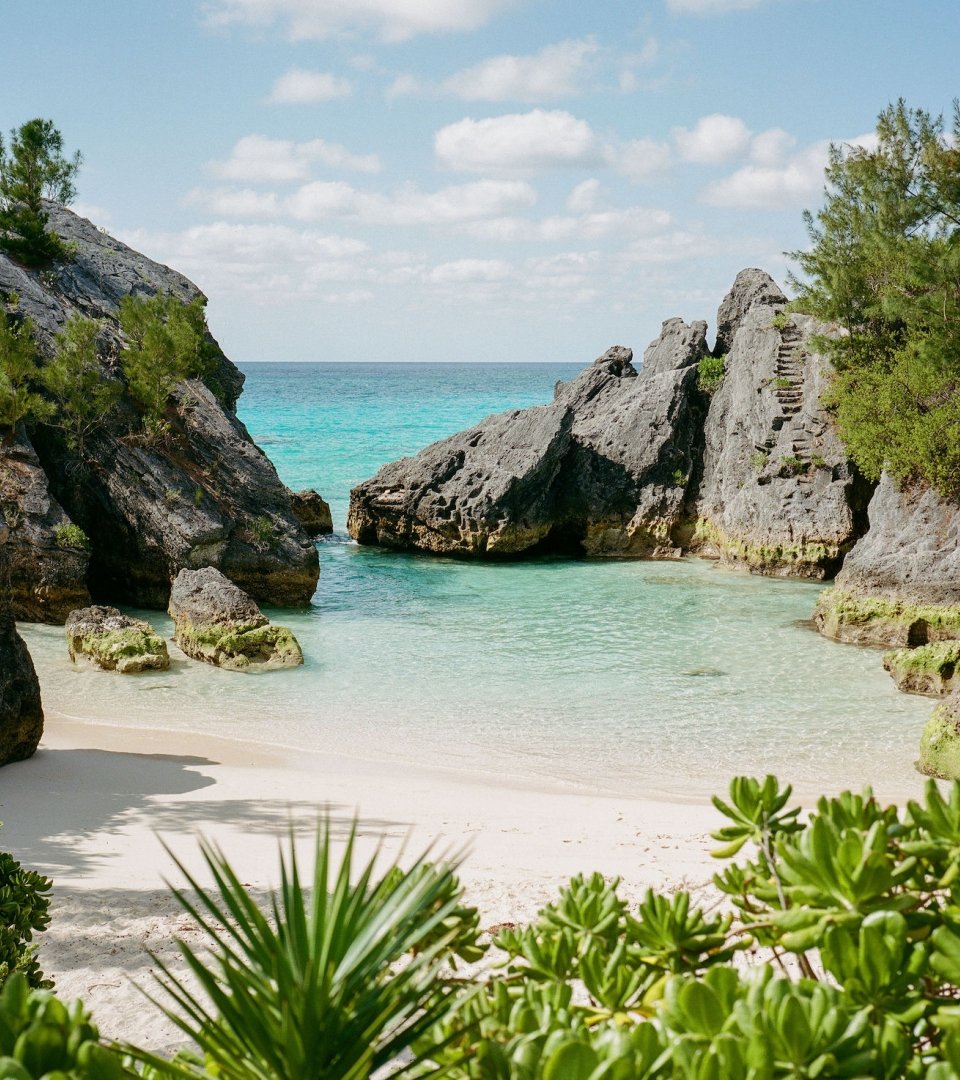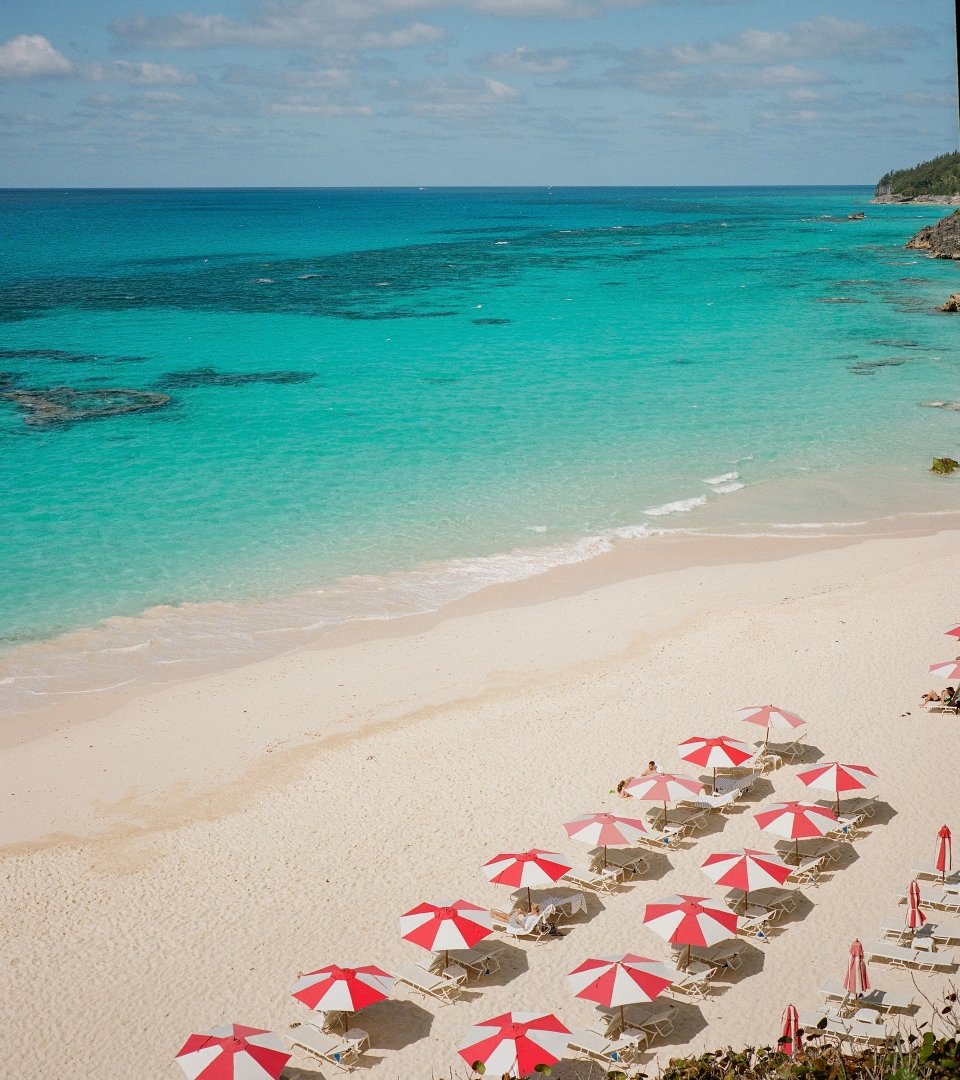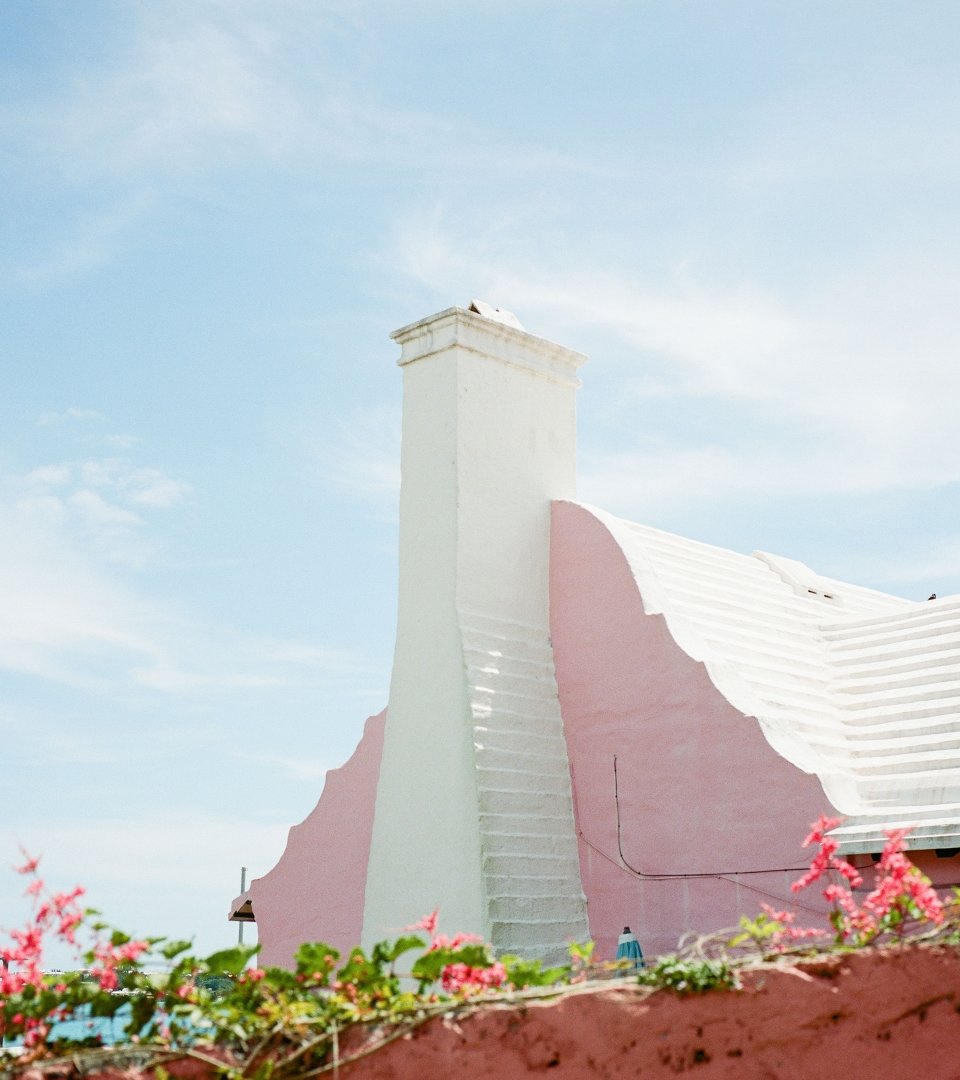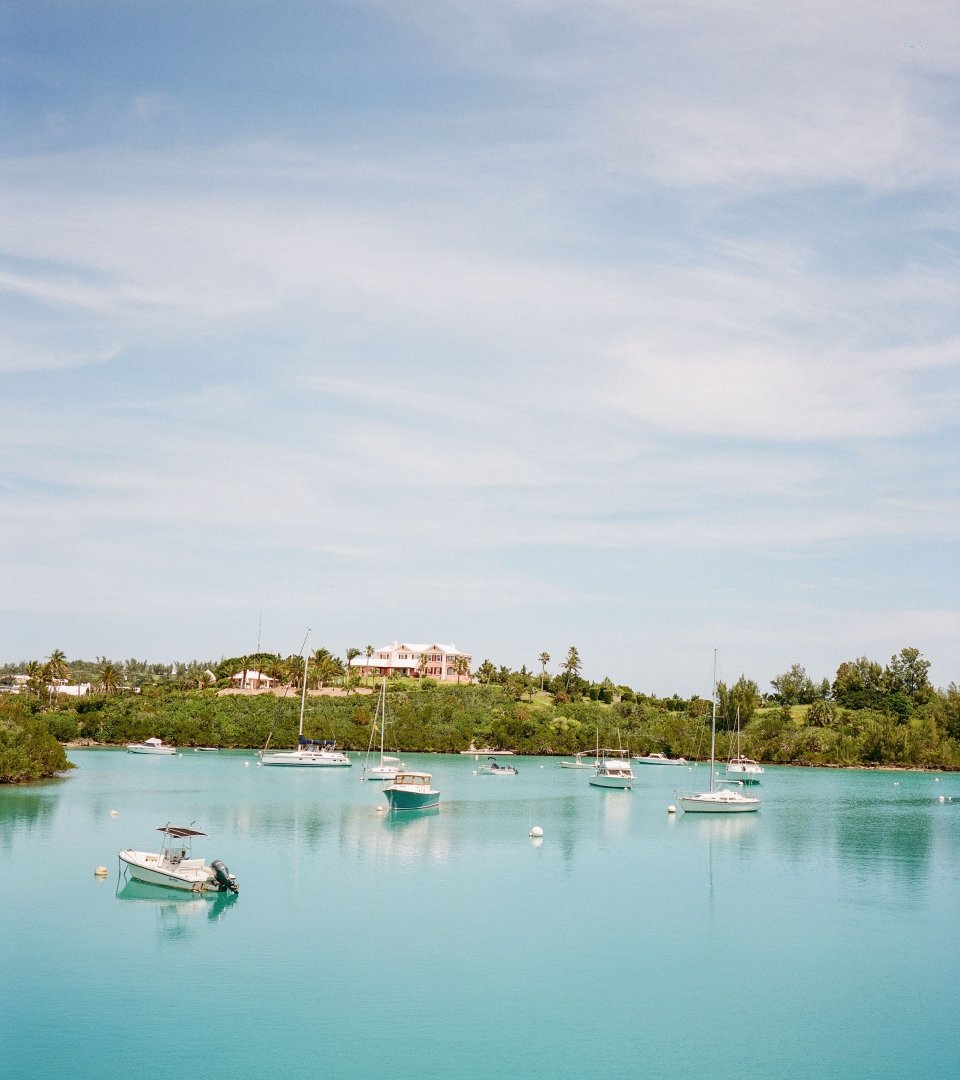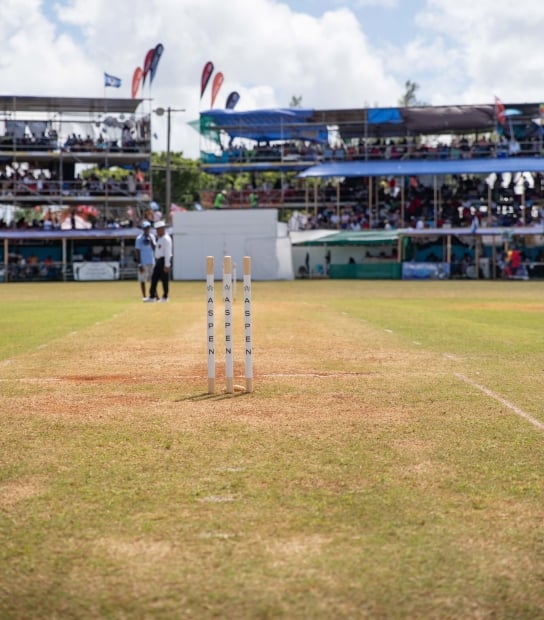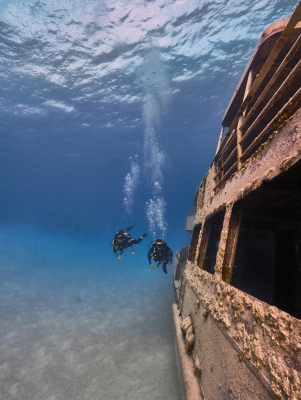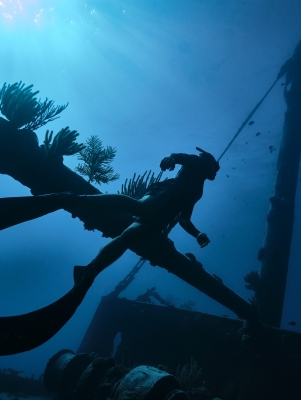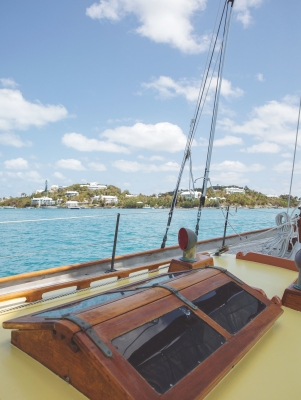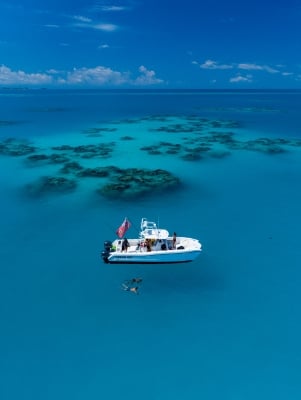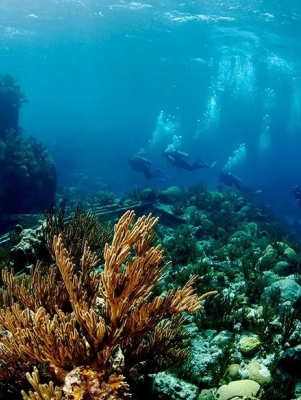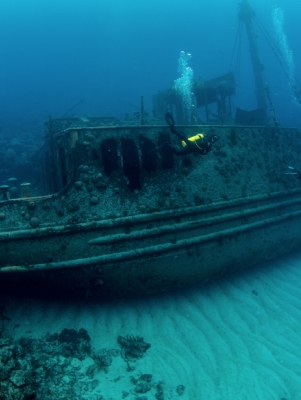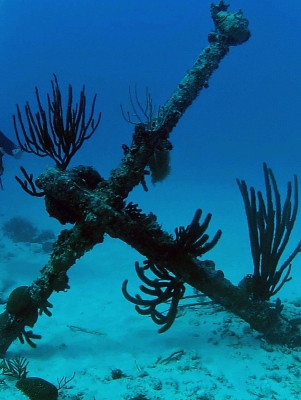Dive Into Bermuda Shipwrecks
Bermuda has more shipwrecks per square mile than anywhere else in the world. Here are the best places for divers and snorkellers to explore the island's sunken treasures.
- Adventure,
- Diving,
- Natural Wonders
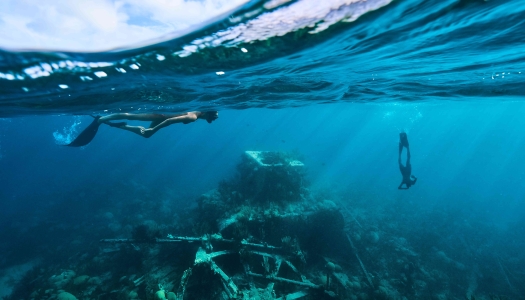
For centuries, Bermuda has been widely recognised as the shipwreck capital of the Atlantic Ocean. It was once called the "Isle of Devils" for good reason - the deceptive and treacherous reefs around the island have led to many a ship's sinking. Beneath its clear waters, you can dive, snorkel or simply skim over more than 300 sunken ships dating from the 1600s to 1997.
The Bermuda 100 Challenge is attempting to document at least 100 of the island’s shipwrecks with the latest in multimedia technology and GIS mapping. So far, you can see 360 Video Flythroughs, explore interactive 3D models and view stunning underwater photography for at least three famous shipwrecks.
ROOTED IN SHIPWRECK HISTORY
The island itself owes its establishment to settlers stranded from a shipwreck – the Sea Venture, a Virginia Company ship that came ashore on the coast in 1609. Currently, hundreds of vessels lay scattered deep in the waters surrounding the island. These wrecks were caused by the coral reefs that span across 200 square miles off the Bermuda coast and some under mysterious circumstances.

FAVOURITE WRECK DIVING SITES
Today, these sunken vessels offer snorkellers, scuba divers and other seafaring visitors some of the best wreck diving in the world. The must sees? That depends on what you're seeking. For more modern ships, try diving on the east side of the island. If you're seeking older wrecks, try diving on the west end. Here are some of the local favourites:
THE HERMES
Built in 1943 and only 165 feet long, the Hermes was en route to the Cape Verde Islands when she experienced engine trouble near Bermuda. The ship was abandoned by her crew. In 1984, the deserted ship was sold to the Dive Association for $1 and became a sunken artificial reef one mile offshore at Horseshoe Bay. With her mast pointing toward the surface, the Hermes is fully intact and one of Bermuda’s most popular dive sites. The wreck is quite photogenic because of the area’s excellent visibility. Highlights: fully intact, good visibility, up-close viewing
THE NORTH CAROLINA
A classic sunken sailing ship, the North Carolina’s 250-foot-long English iron hull sank on New Year's Day, 1880, en route from Bermuda to England. Today, she sits upright with her bow and stern fairly intact, while her mid-section has collapsed. A neat row of deadeyes attached to steel rigging traces her railing, and the curves of her fantail stern have a ghostly grace. Highlight: spooky and atmospheric
THE CRISTÓBAL COLÓN
This 499-foot-long Spanish luxury liner is the largest known shipwreck in Bermuda waters. Launched in 1923, the Cristóbal Colón was the most advanced liner design of her time. Unfortunately, she crashed into a coral reef in 1936. Today, her wreckage is scattered across 100,000 square feet of the sea floor. Gigantic in size, this wreck offers divers hours of fascinating exploration including the ship’s massive fixtures, overgrown with a plethora of marine life. Highlights: Size, marine life

THE IRISTO (ARISTO)
Known as Bermuda’s unluckiest ship, this 250-foot-long Norwegian freighter sank in 1937. She sank because of another shipwreck. Unfamiliar with our reefs, her captain was surprised by the sight of the wrecked Cristobal Colon, and ordered his ship to turn away. The course change caused the Iristo to crash into a submerged reef and sink. Currently, the ship lies with her engine, boilers, propeller and a fire engine still visible. She's also laden with large amounts of beautiful coral. Highlight: coral
THE KING GEORGE
The King George is the only dredger out of three built for the Bermuda Government that still remains here. She is Bermuda’s largest, fully intact wreck. She arrived on the island in 1911 but was no longer needed for harbour operations by 1930. The ship was towed to a position five miles inside of North Rock and left to sink to the bottom of the ocean floor. Today, the surprisingly intact and upright ship gives an eerie and mysterious feel to the site and a thrilling dive experience. Highlights: intact, mysterious
THE MARY CELESTIA (AKA MARY CELESTE)
The paddle steamer and Civil War blockade-runner Mary Celestia sank soon after leaving port in Bermuda in 1864 bound for Wilmington, North Carolina with ammunition and supplies. Running aground on a reef , everyone on board survived the wreck except for the ship's cook, who entered the ship to collect his personal belongings. Some suspect that the Bermuda pilot guiding the boat at the time was bought off by the U.S. Consul in Bermuda and deliberately wrecked the ship. She rests at approximately 55 feet depth off the South Shore, with sections of her bow and stern, boilers, anchor and both paddle wheels visible.
In 2013, the XL Catlin Seaview Survey created a 360° panorama of the Mary Celestia. In 2015, a 151-year-old bottle of wine, belonging to a partial case found inside the wreck after Hurricane Bill in 2009, was opened for tasting by four master sommeliers at an event in Charleston. The reviews of the wine were less than stellar, but the stories of the Mary Celestia's daring history remain, and the surviving artifacts on the sea floor make it one of Bermuda's most popular dive sites. Highlights: paddle wheels – one standing upright on bottom, another laying on sand

-
Adventure, Beyond the Beach, Diving
-
Diving, Itineraries, Natural Wonders
-
Sailing
-
Beyond the Beach, Sailing
-
Adventure, Diving, Itineraries, Natural Wonders
-
Adventure, Diving
-
Adventure, Diving, Natural Wonders
-
Adventure, Diving, Natural Wonders
